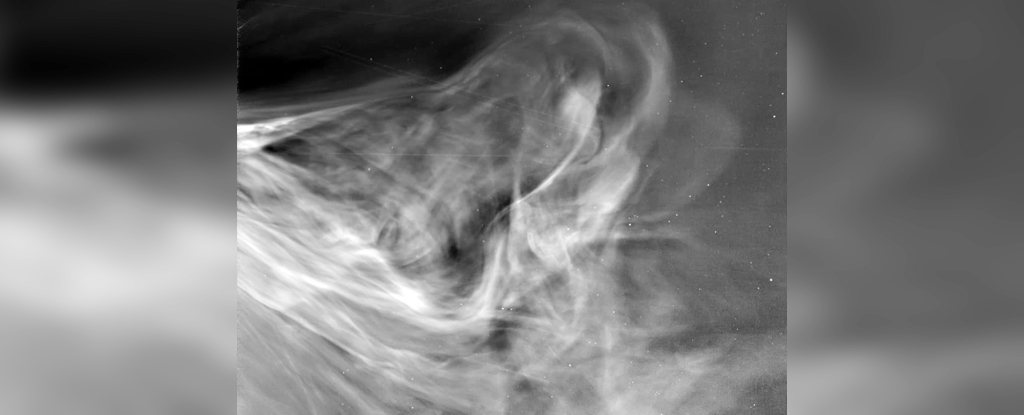
NASA has achieved a remarkable milestone by capturing the closest images ever taken of the Sun, thanks to the Parker Solar Probe (PSP). Launched in 2018, this pioneering spacecraft is designed to study the Sun’s outer atmosphere, known as the corona, and its complex magnetic field. On December 24, 2024, the probe reached an astonishing distance of just 6.1 million kilometers (approximately 3.8 million miles) from the solar surface, setting a new record for proximity to our star.
The Parker Solar Probe’s mission is aptly described as an endeavor to “touch the Sun.” Equipped with cutting-edge technology, it has progressively approached the Sun, gathering invaluable data about solar phenomena. During its latest flyby, the PSP traveled at a speed of 692,000 kilometers per hour (about 430,000 miles per hour), allowing it to capture stunning images of solar activity.
Significant Discoveries in Solar Research
One of the primary instruments aboard the PSP is the Wide-field Imager for Solar Probe (WISPR), which utilizes two radiation-hardened cameras capable of withstanding the Sun’s intense energy. WISPR’s capabilities have enabled scientists to observe the solar corona and solar wind in unprecedented detail. According to Nicky Fox, Associate Administrator for the Science Mission Directorate at NASA Headquarters in Washington, “Parker Solar Probe has once again transported us into the dynamic atmosphere of our closest star. We are witnessing where space weather threats to Earth begin, with our eyes, not just with models.”
The implications of these observations are profound. The solar wind— a continuous flow of charged particles from the Sun—can have significant effects on Earth, contributing to both beautiful auroras and potential damage to power grids and satellites. Understanding solar wind, along with coronal mass ejections (CMEs), is crucial as humanity expands its presence in space and increasingly relies on satellite technology.
CMEs, which are episodic eruptions of plasma, can release billions of tons of material into space, occasionally reaching Earth and causing geomagnetic storms. The Parker Solar Probe’s close encounters with the Sun have provided essential insights into these phenomena, enhancing our ability to predict space weather and protect both astronauts and technology.
Revolutionizing Our Understanding of the Sun
The Parker Solar Probe is named after Eugene Parker, the American heliophysicist who first proposed the existence of solar wind in 1958. His groundbreaking theories faced skepticism at the time but ultimately transformed our understanding of solar dynamics. While several missions have investigated the Sun, none have approached it as closely as the PSP, which employs the latest technology to unravel solar mysteries.
Among the critical discoveries made by the PSP are the so-called “switchbacks.” These are zig-zagging magnetic fields observed in the solar wind. When measured near Earth, the solar wind appears consistent, but closer to the Sun, it becomes chaotic. The PSP has shown that switchbacks are more common than previously thought and often occur in clusters. This research is vital for understanding solar wind generation and its escape from the Sun’s gravitational pull.
Nour Rawafi, the project scientist for the Parker Solar Probe at the Johns Hopkins Applied Physics Laboratory, emphasized the significance of this research, stating, “Understanding this continuous flow of particles, particularly the slow solar wind, is a major challenge… but with Parker Solar Probe, we’re closer than ever to uncovering their origins and how they evolve.”
As the Parker Solar Probe continues its mission, it will conduct its next perihelion in September 2025, enabling further exploration of the solar corona and the slow solar wind, which is denser than its fast counterpart. This upcoming flyby promises to yield additional data and breathtaking images, bringing us closer to addressing the many questions surrounding our Sun.
The groundbreaking work of the Parker Solar Probe not only advances our scientific knowledge but also enhances our ability to anticipate and mitigate the effects of solar activity on Earth. By bridging the gap between theoretical models and direct observation, NASA’s mission is poised to illuminate the mysteries of our solar system’s most crucial star.







